29
2013Nathan Wirth Photography
Nathan Wirth Photography
http://www.flickr.com/people/nlwirth/
What kind of equipment (camera body, lens, filters, flash, tripod, cleaning equipment other) do you use?
I see my cameras, lenses, filters, and tripod as simply tools. My equipment purchases have been primarily based on available funds, which, because I make my living as a community college English teacher, are quite limited. While I certainly believe that some lenses and cameras are likely better than others, I spend very little time worrying about such things and, instead, invest my time and effort on cultivating my overall vision with what I have managed to scrape together. That said– I primarily use either my full frame Sony a850 (for long exposures) or my infrared converted Sony a100 (landscape and architecture work). I almost always use my Sigma 17mm-35mm lens with my 850. The majority of my seascapes and self portraits have always been framed and envisioned with a wide angle in mind. For my infrared camera, I use a simple, inexpensive, but surprisingly sharp, kit lens (Sony 18mm-55mm) that has been calibrated to work with infrared. For my long exposure work, I primarily use Lee filters (a big stopper, a set of soft grads and a set of hard grads). I also used a B+W ND 110 (10 stops) for a couple of years before switching to the Lee system. I use a Manfrotto tripod. It is heavy, which comes in handy on windy, stormy days.
I also, from time to time, experiment with a Minolta 50mm and a Minolta “beercan” 70-210.
What do you like and dislike about your equipment, specially your camera, and how would you improve it?
In all honesty, I don’t really know how to answer that question because I don’t worry about such issues. I work with and adapt to what I have. As I already mentioned, I am far more concerned with developing my vision by making the most of what I already have. A person, however, can dream about cameras and lenses they would like to someday play with. I would love to get my hands on a digital back for a Hasselblad 500cm, or, if it should suddenly rain money, a digital medium format camera. I am slowly saving up enough money to one day buy a Zeiss 16mm-35mm, but, in all honesty I am managing to work with what I already have.
What is your favourite lens, and why?
I really liked my Zeiss 24mm-70mm lens, but I dropped and broke it last year and have not had the available funds to fix it yet. It is a very sharp and flexible lens. But, once again, I focus most of my attention on making the best images with what I have (and, generally, end up using the Sigma 17-35 most of the time).
When you travel, what is in your essential photographic kit bag?
I bring the full frame and infrared converted cameras, the 17-35 and 18-55 lenses, my lee filter system, and my tripod.
What kind of software/tools do you use for post-processing, if any?
I use Photoshop CS5 to burn and dodge and the Silver Efex suite to do some other minor adjustments. The majority of my processing, however, is realized through carefully burning and dodging to bring out the contrasts and capitalize on the presence of light.
How long have you been taking photographs? How do you find inspiration? How do you take your pictures?
Like many, I have been taking pictures since I was a teenager (for me that was back in the early eighties), but I didn’t really think about it seriously until 2007, when I purchased my first dslr (a Sony a100, which I later converted to an infrared camera). I have appreciated photography for decades– especially black and white photography, so when I first started taking it seriously, I was immediately drawn to working primarily in black and white. That interest has never waned. In 2009, I discovered the creative world of long exposures and have focused much of my time working with the many possibilities such a technique offers. Last year, I also began to pursue infrared photography.
How do I find inspiration? That is an interesting question, but I don’t know if I actively seek inspiration– or if I simply just find myself inspired from time to time. If I had to go look for it, I am not sure if I would continue with photography. I suppose I could offer a stock answer such as– I am inspired by the sea or I am inspired by the possibilities of expressing how I see the world– but I don’t think such answers really have anything to do with me. Over the past 4 years in particular, I have immersed myself in the world of photography– exploring the work of established photographers and up and coming photographers. In all honesty, I enjoy the work of others as much, if not more, than my own work. That said– I don’t know if that is really where I find inspiration. I am far more concerned about doing. For several years I was constantly obsessed with producing something worthwhile, with creating images that others would enjoy and comment on, but now I am far more concerned with experimenting, cultivating and evolving. I have a large backlog of acceptable images that I could share, but I leave them on my hard drive because I am far more concerned with the process of creating, with visiting places and photographing them in different ways– all in the hopes of furthering an overall vision.
How do I take my pictures? I could answer that question from a lot of different perspectives. I tend to visit the same places over and over and look for new ways to express that place. Much of my work has been focused on long exposures, so I stand around a lot waiting for the 30 second to as long as 5 or 6 minute exposures to finish. That waiting period, however, is essential to my enjoyment of the process. I tend to either let my mind wander or look for other possible compositions.
Which style of photography do you like the most, and why?
I primarily focus on long exposure seascapes– and, from time to time, include myself in those seascapes. I am drawn to long exposures because of the element of surprise. I don’t mean that I have no idea what to expect or I just wait for random results. In fact, I have a very good idea of what to expect, but sometimes remarkable qualities of light and shadow, reflection, and contrasts reveal themselves in interesting ways as you capture those extended seconds and minutes in a long exposure. If I always knew exactly what I would end up with in every possible situation, I would lose interest in photography. The world of infrared has been offering me some of the same surprises. For both these styles, I am very exact about how I compose the shot, but the possibilities of tonal quality is not always exact– and these possibilities often fully reveal themselves later on when I am processing the image.
What goal are you working towards within your photography and when will you know you have reached it?
I am not working towards any specific goal. I am evolving. I will likely not stop taking photos until I die. However, though it’s not really a goal, I am trying to photograph silence. To many, that will seem like poetic poppycock, but it is a foundational element to how I perceive my vision. It is also wonderfully ambiguous, so I have LOTS of room to work within its endless possibilities. I like to think that maybe at least someone will see my images after I have died– and when they do, they will see the silence of the world that I captured and left behind.
Looking at your own work, which piece is your favourite? Why? Please provide a link to the picture.
I cannot possibly answer such a question because I am far too critical of my own work.
Does your work fit into any one or more distinct genres (nature, landscape, long-exposure, black-and-white, infra-red, urban, artistic, macro, vintage, vernacular, social, street)? If other, please specify.
If I had to provide some overall keywords for my work, I would choose: black and white, infrared, long exposure, seascapes, landscapes, self portraits, and architecture. These are my primary focuses.
Are there any photography websites that you visit regularly?
In part, I learned about taking better photos from the many friends and contacts that I made on Flickr starting back in 2009, so I have never severed my ties with that site. I also run several groups over there. When Google+ first started in 2011, many of my friends from Flickr gravitated over there and I became part of a very thriving and ever evolving photography community that continues to grow. One of my favorite sites is Art Limited because the talent there is awe inspiring — and the focus of most of the artists is centred on the kind of work that I love. I also visit 500px. Stark Magazine is another haven for very talented artists.
What is the one most important lesson that you have learned since you started taking photographs?
I suppose it is an oversimplified response, but the most important part of learning how to take photographs is to take photographs. One can learn much of what they need to know by simply experimenting and playing around (so that one learns there is really no such thing as the correct way to photograph). I have no formal training whatsoever. I have learned mostly by doing.
And finally, what other interesting photographers would you like to see in this blog?
I could provide a very, very extensive list, but I will list some of my most favorites:
Steve Landeros — http://www.stevelanderosphotography.com/
Brian Day — http://www.brianday.org/#/0
Kevin Saint Grey — http://kevinsaintgrey.com/
Joel Tjintjelaar — http://www.bwvision.com/
Lydia L — http://www.flickr.com/photos/lilalimited/
Julia Anna Gospodarou — http://www.juliaannagospodarou.com/
Jeff Gaydash — http://jeffgaydash.com/
Andy Brown — http://www.andrewrobertbrown.com/
James Thornbrook — http://www.flickr.com/people/jamesthornbrook/
Maria Stromvik — http://www.mariastromvik.eu/
Keith Agget — http://keithaggettphotography.com/
Grant Murray — http://www.grantmurrayphotography.com/
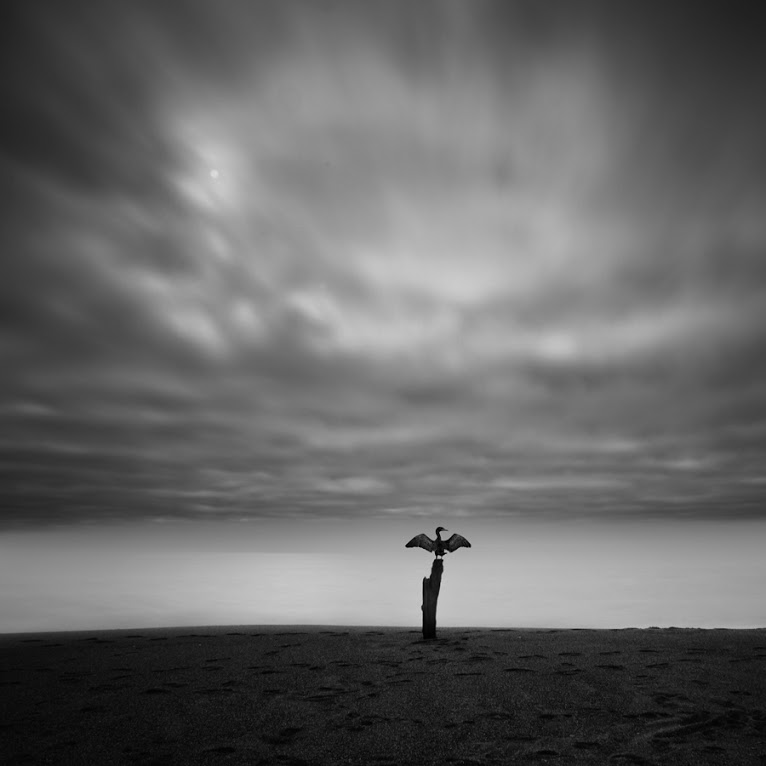
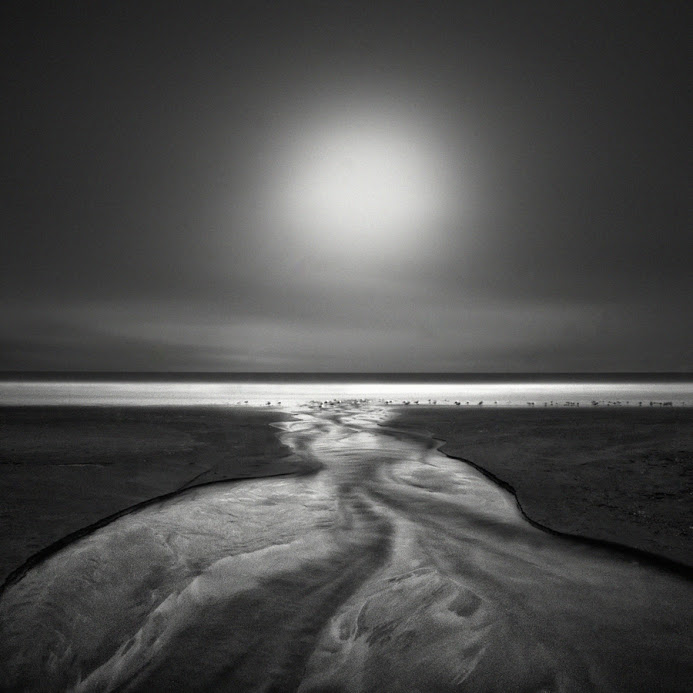
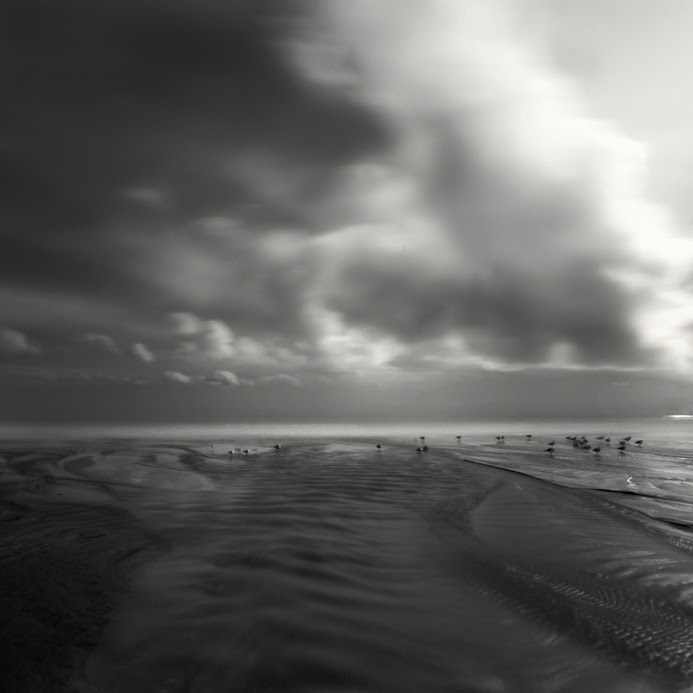
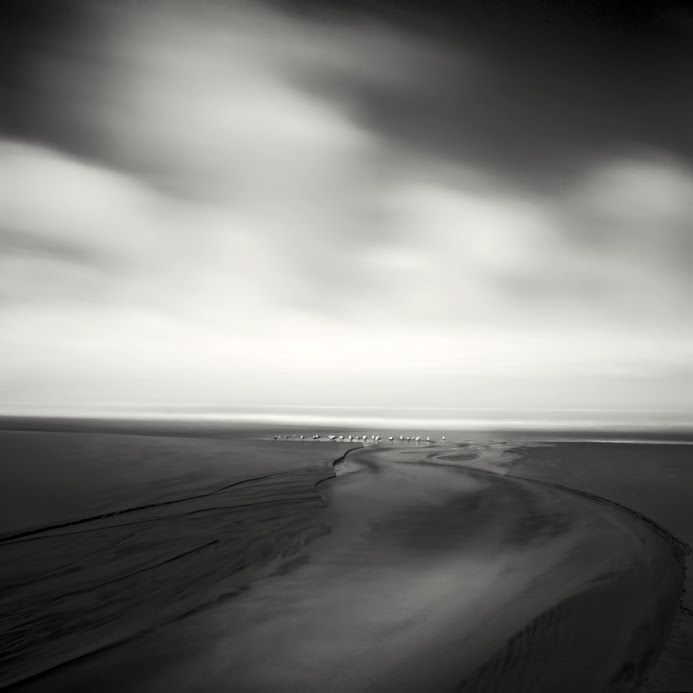
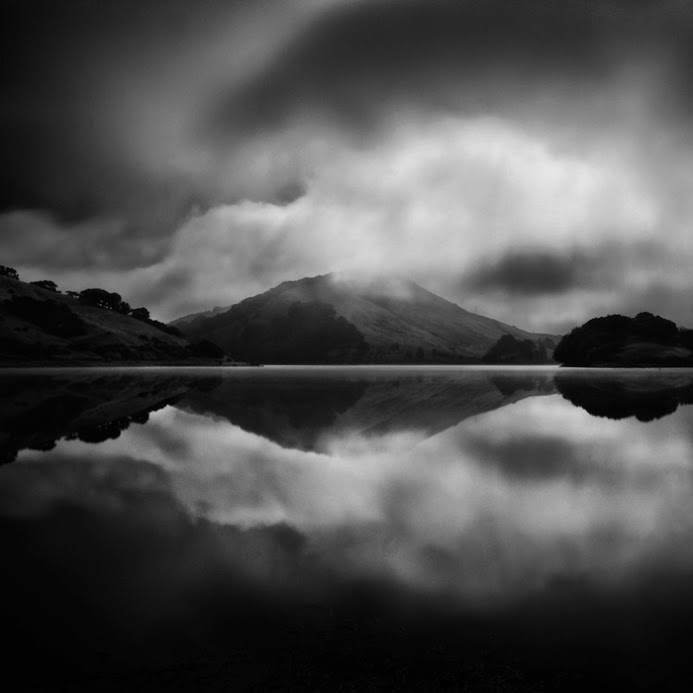
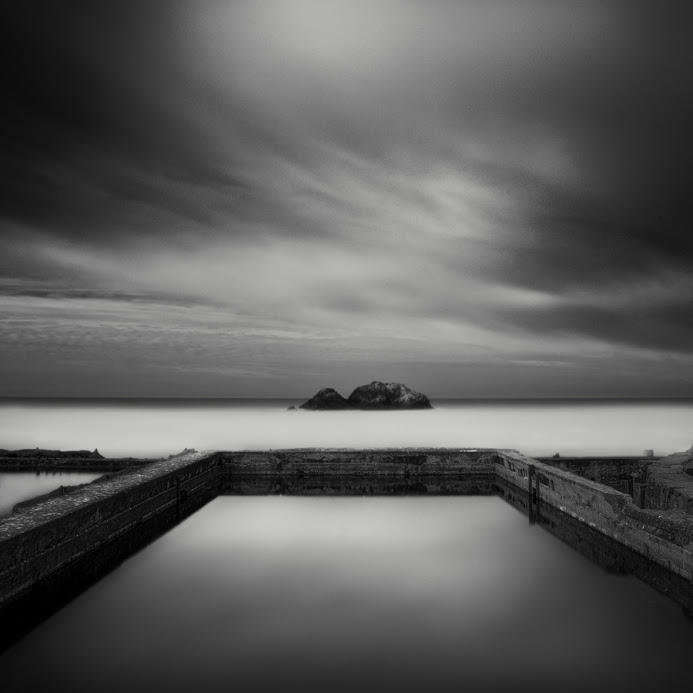
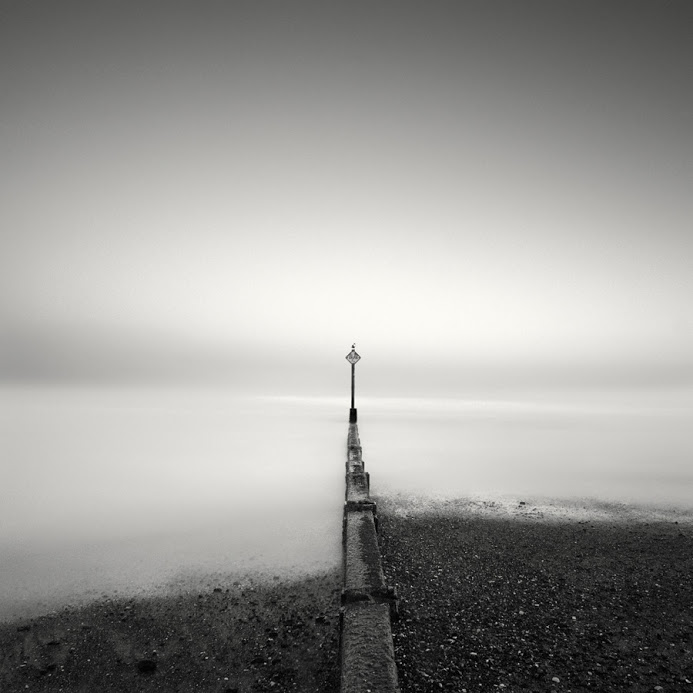
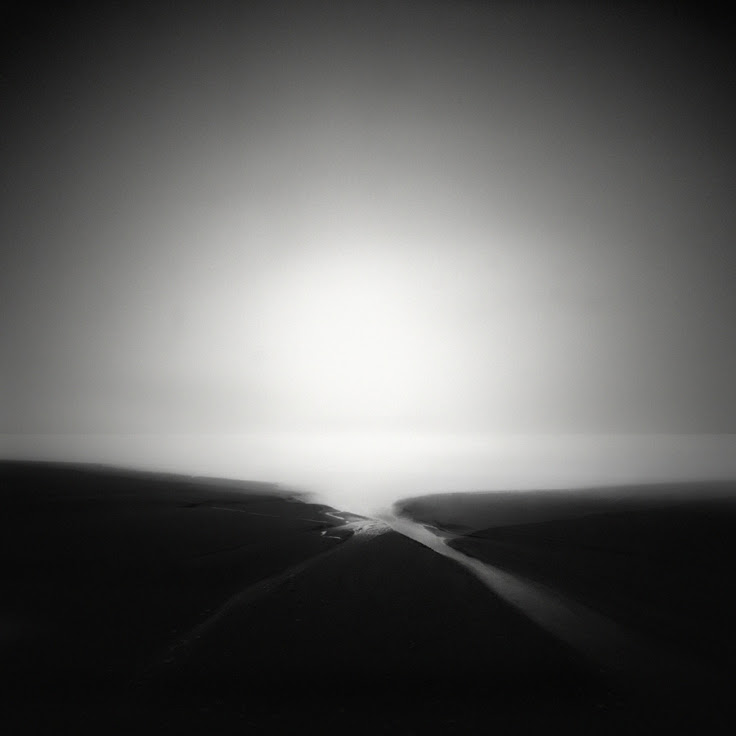
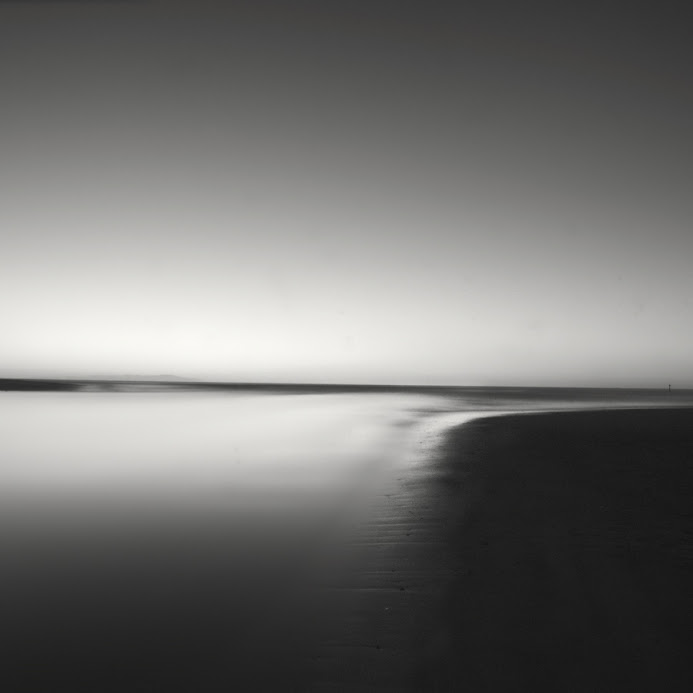
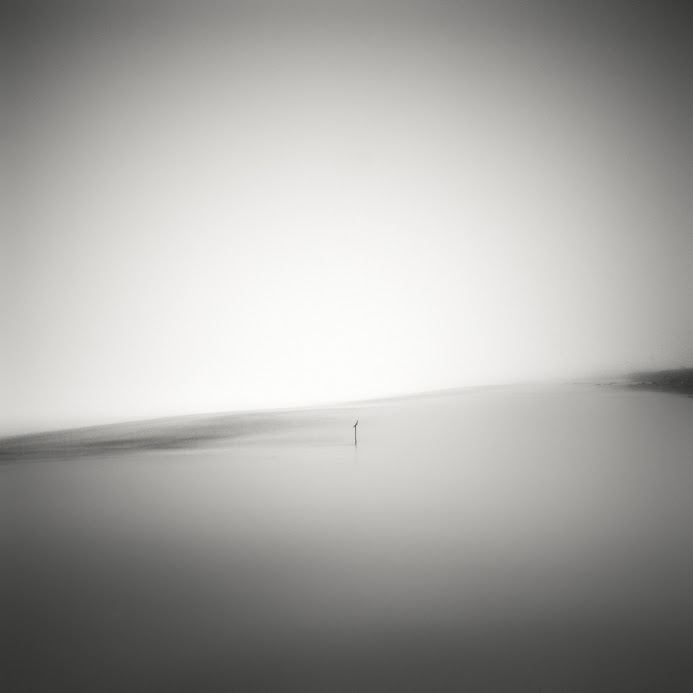
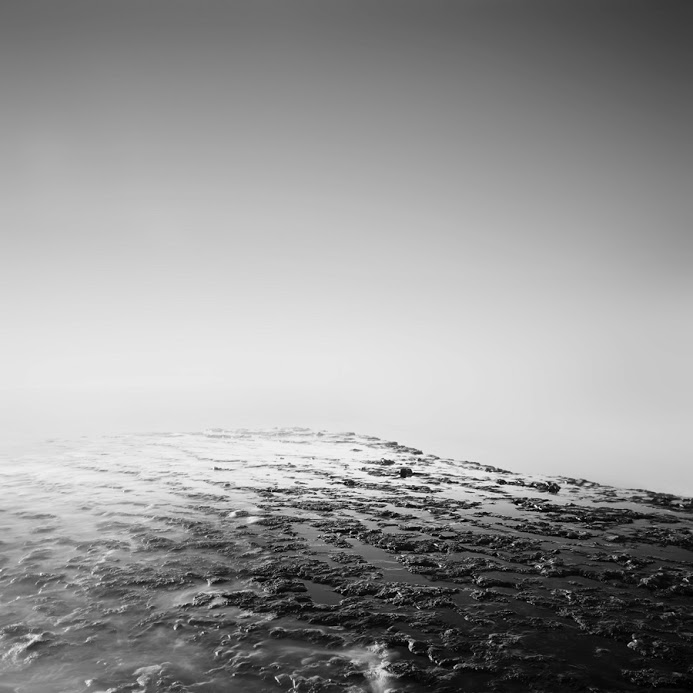
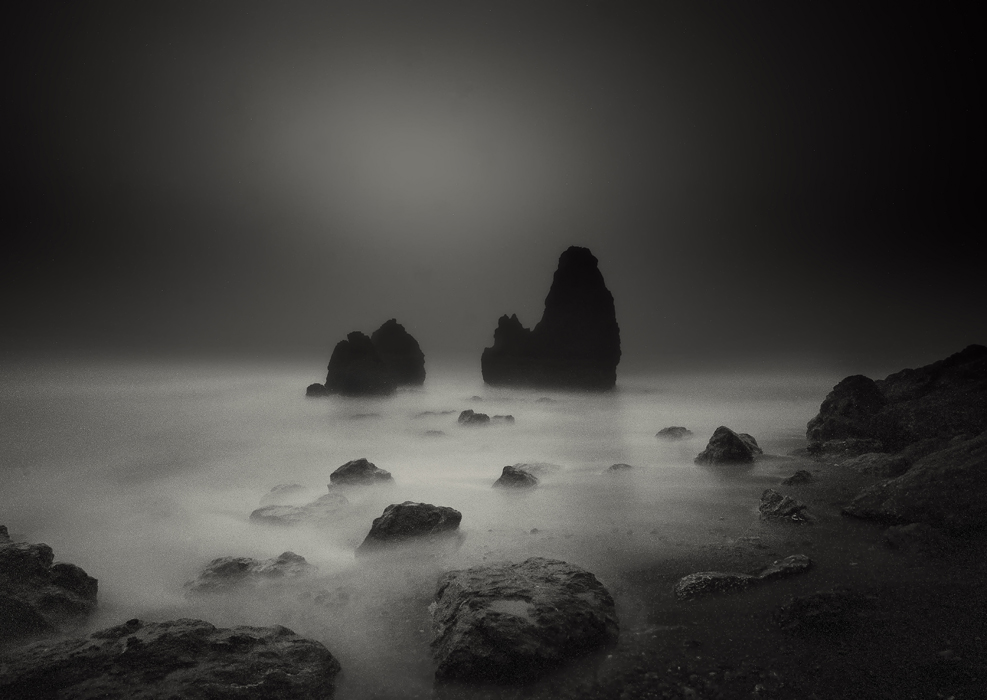
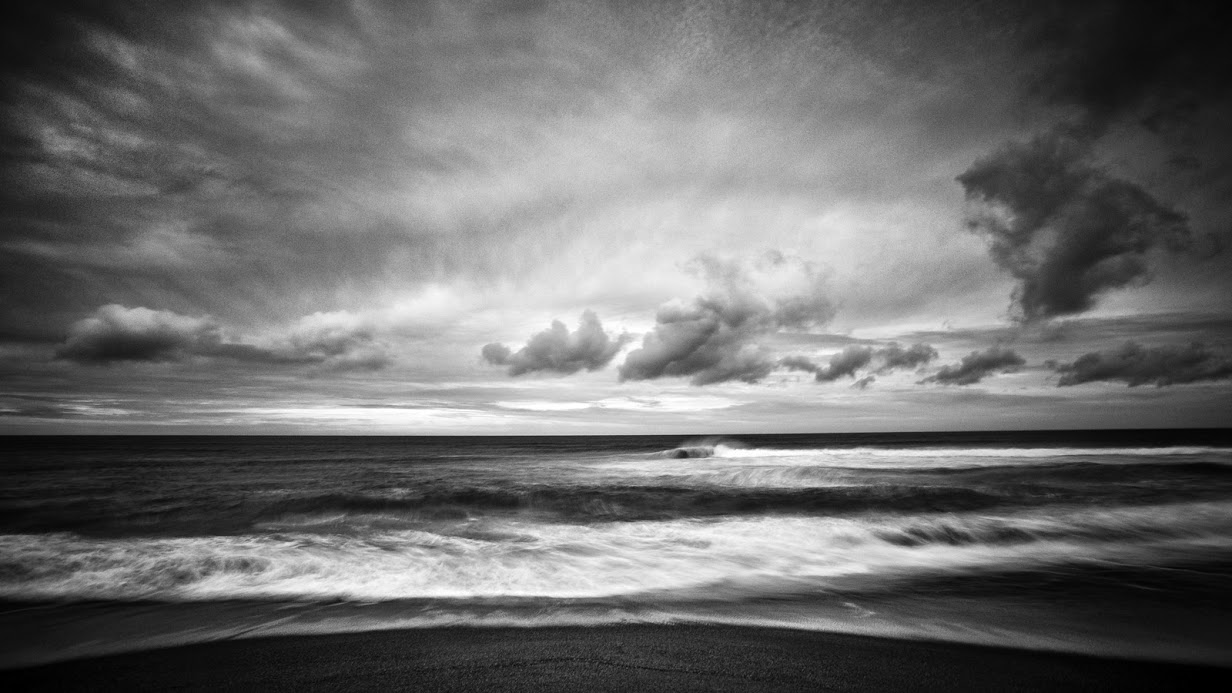
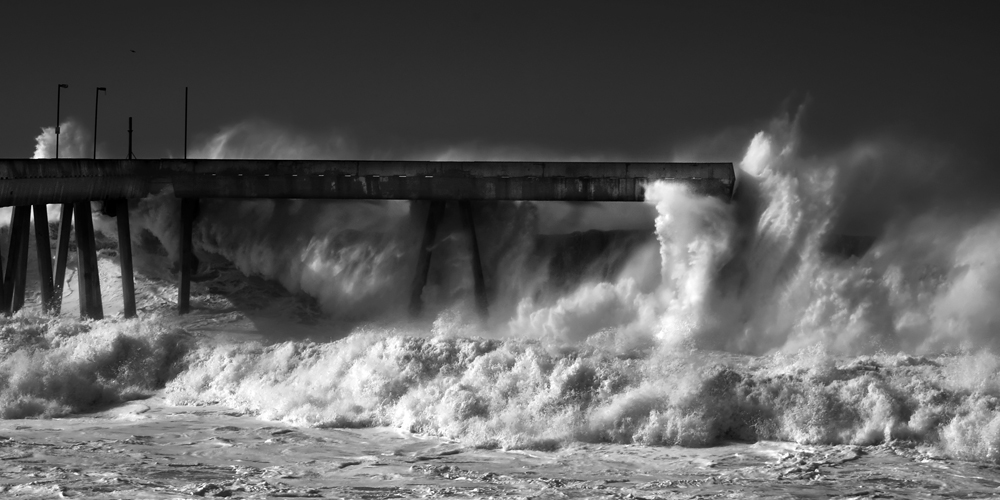
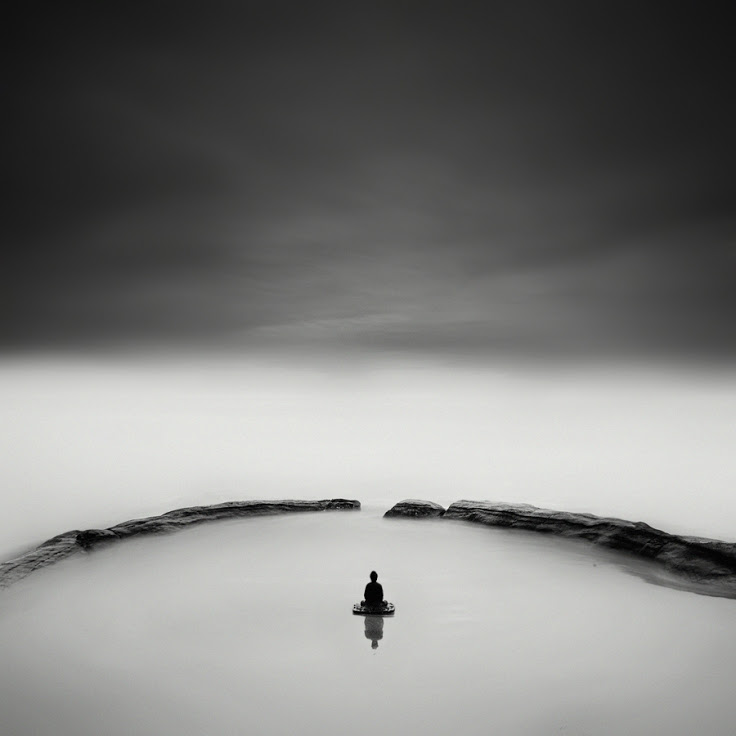
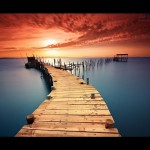
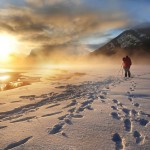
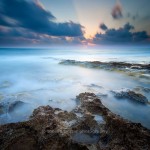
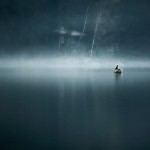
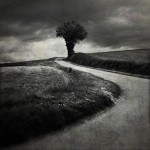
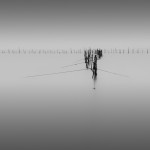
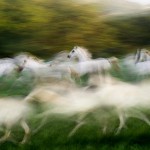
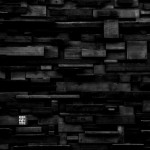
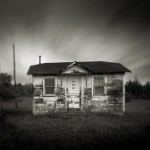
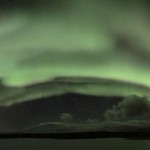
Andy Brown
Interesting and insightful as ever Nathan, great to read your responses and view your beautiful work. Thank you very much for the kind mention and link too!
Nathan Wirth
Thanks, Andy– and, of course, I mentioned you! You are, after all, one of my favorite photographers.